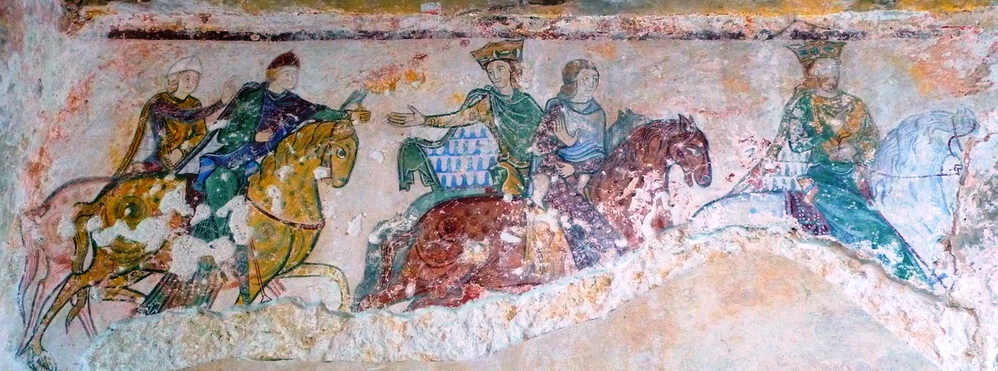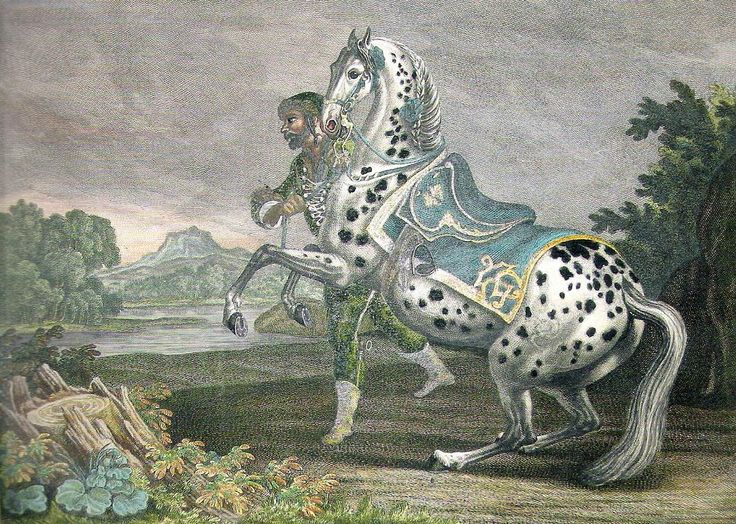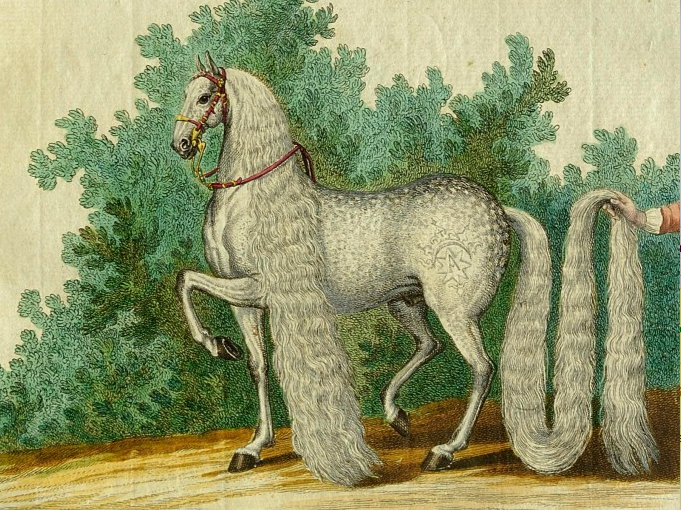
(© 2017 Kip Mistral. Featured image, The Clark Sisters, by Alfred Munnings. All images copyright estate of Sir Alfred Munnings, All rights reserved, DACS.)
Having recently discovered the prolific British Romantic art of Sir Alfred James Munnings (1878-1959) which ironically focuses on the kind of sunlit and backlit Edwardian idyllic pastoral countryside equestrian activities that I wish I could enjoy myself, out of curiosity I began to look into his long and interesting life. As a young man Munnings roamed his native countryside painting gypsies, horse fairs and races and hunt scenes with riders and packs of hounds. He later served Britain as a WWI war artist and thereafter roved the world documenting the mostly equestrian lifestyles of aristocratic and wealthy patrons. Munnings was lionized on both sides of the Atlantic as the finest equestrian artist, his friends including Sir Winston Churchill and any number of the highest-ranking persons in society and industry of the time. Today his paintings sell in the $7-8M range. But this is a man who made his way to a knighthood by his passion for horses and the outdoors, and a whole lot of hard work.




